We know you’re seeking a shortcut, a way to maybe beat your friend or dad at chess by just using your queen to decisively win but hold on…
First, you have to understand that you cannot win a chess game with only a queen that isn’t supported by another piece.
If your opponent decides to obstruct flight squares for their king (places the king can run to), that’s still considered as support.
In some cases, the attacking queen is supported by her king to checkmate the opposing king. This is commonly seen in King + Queen vs. King endgame positions where checkmate is literally forced.
In rare cases, delivering checkmate with just a queen is highly dependent on the moves made by your opponent. It’s all about taking advantage of your opponent’s errors.
Let’s look at some ways to deliver checkmate and win chess with only a queen:
Fool’s Mate
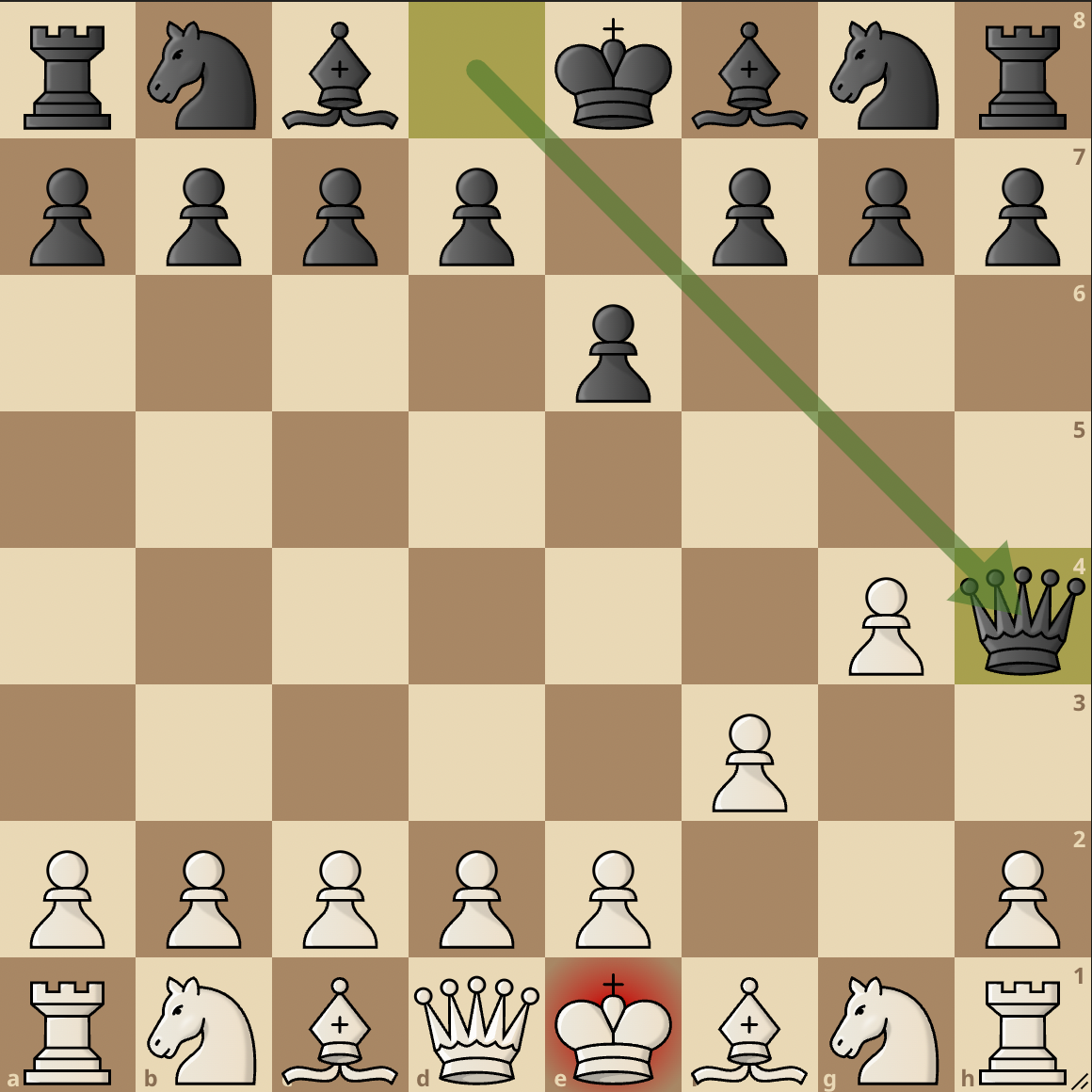
The Fool’s Mate is the quickest possible checkmate in chess where Black mates the White king in just 2 moves!
This type of mate relies heavily on a couple of disturbing blunders.
Your opponent makes a weak move to start the fool’s mate. White, for example, advances the f2 pawn in front of the kingside bishop to f3.
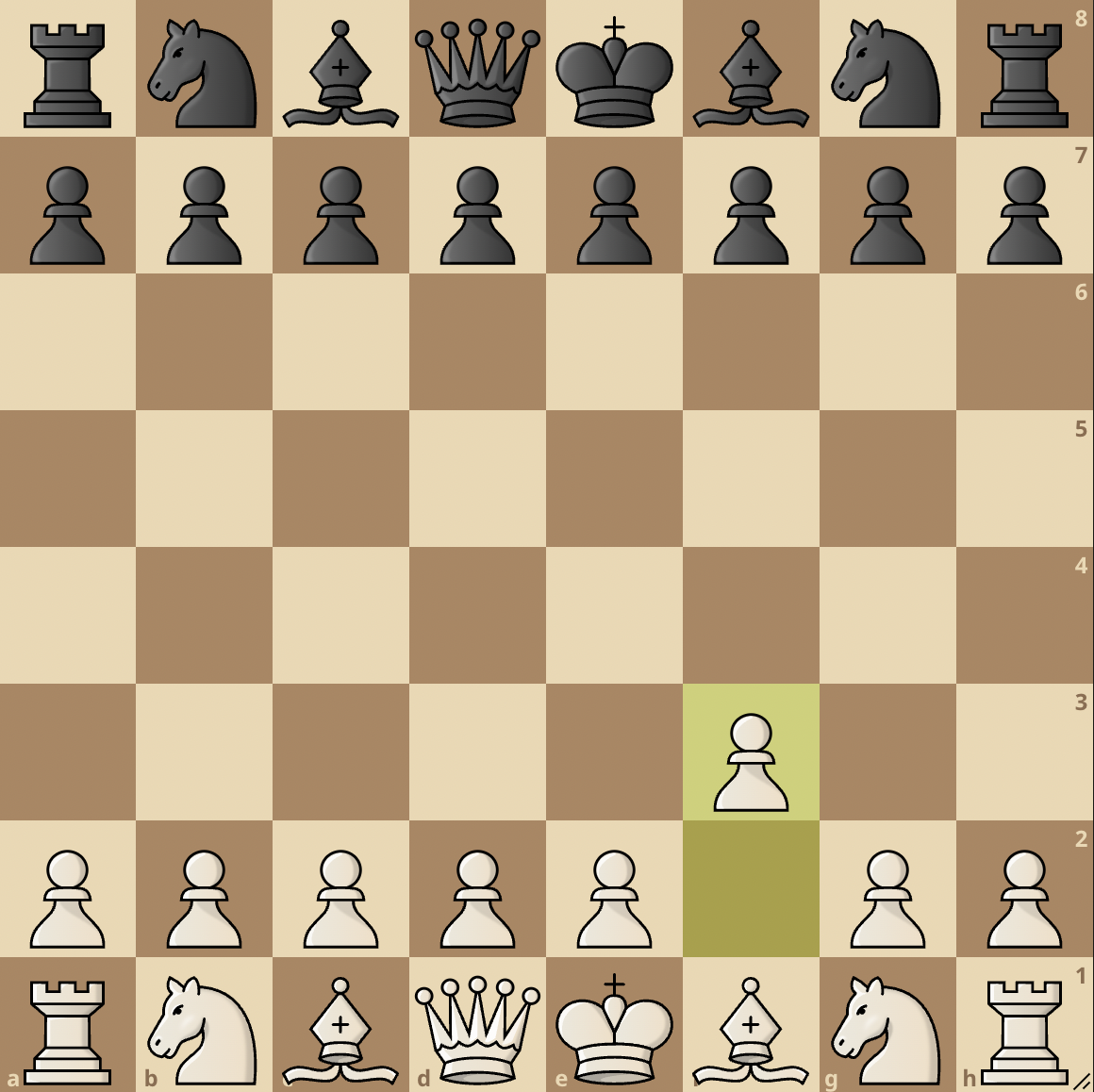
This is a poor move because it achieves nothing to advance the pieces. It does not provide the bishop with a path forward.
It also occupies a good square for the g1-knight to develop to. Furthermore, it establishes a weak e1-h4 diagonal on the kingside that can be exploited.
Black must move the pawn in front of the king to counter this move. This move e6 or e5 by Black automatically creates a diagonal for the Black queen to move from d8 to h4.
But, at least for now, that is insufficient to establish the checkmate because a check by Black on the next move can be met with pawn to g3 attacking the Black queen and protecting the White king (supposing White does not go ahead with the Fool’s mate combination).
Advancing the g2 pawn to g4 now would be White’s second and fatal move as this completely exposes the h4-e1 diagonal route.
Black then strikes by moving the queen from d8 to h4. CHECKMATE, and it’s a wrap as seen in the image above.
Because of the position of the pieces on the board, this maneuver is only available to players handling the black pieces.
In theory though, Black may commit the identical mistake as White, only in opposite order. f7-f6 followed by g7-g5 does the trick assuming that White moved the e-pawn at move 1 to grant the White queen access to explore the d1-h5 diagonal.
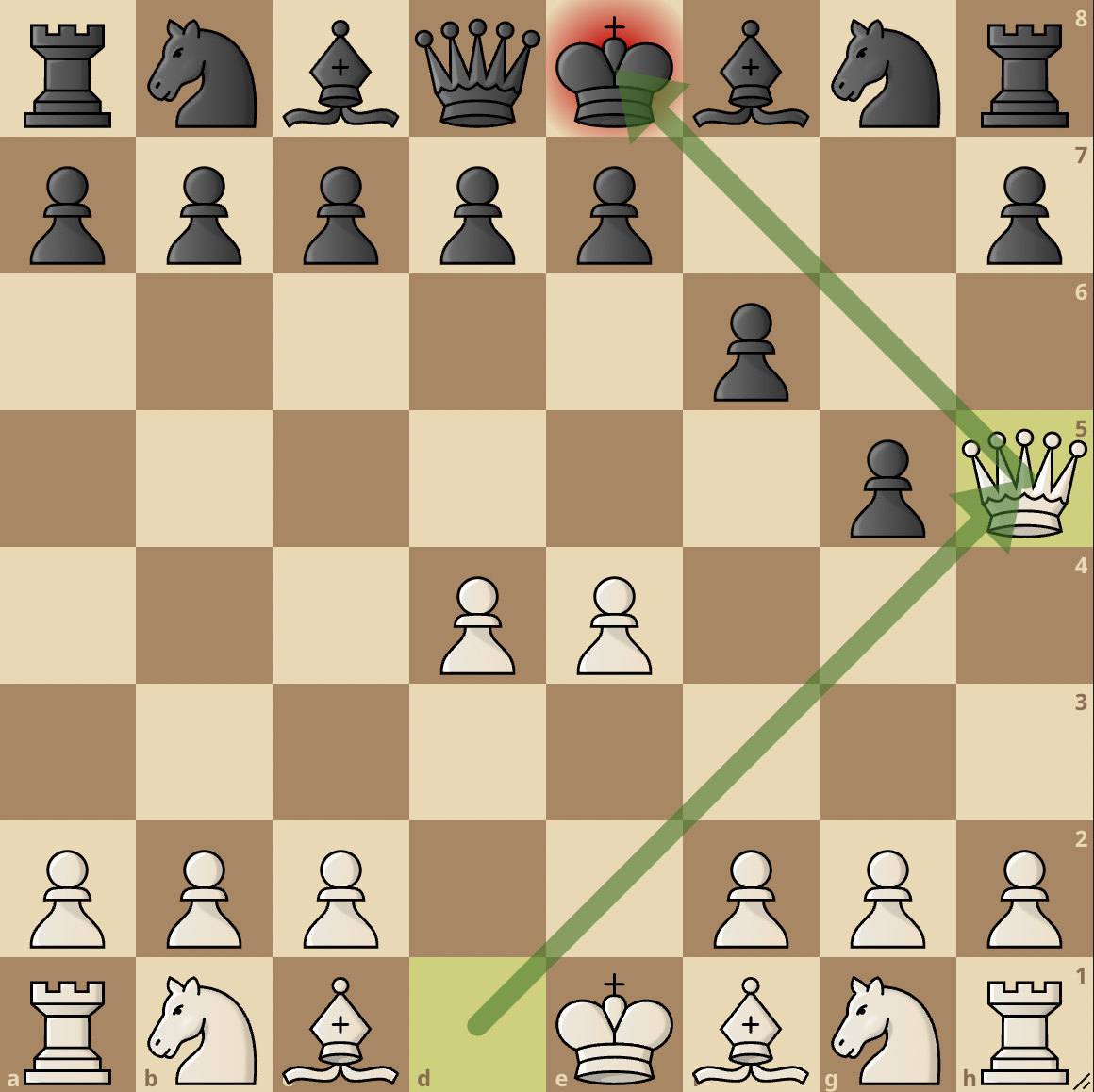
Here is the complete moves in algebraic notation: 1. e4 f6?! 2. d4 g5?? 3. Qh5#
Epaulette Mate
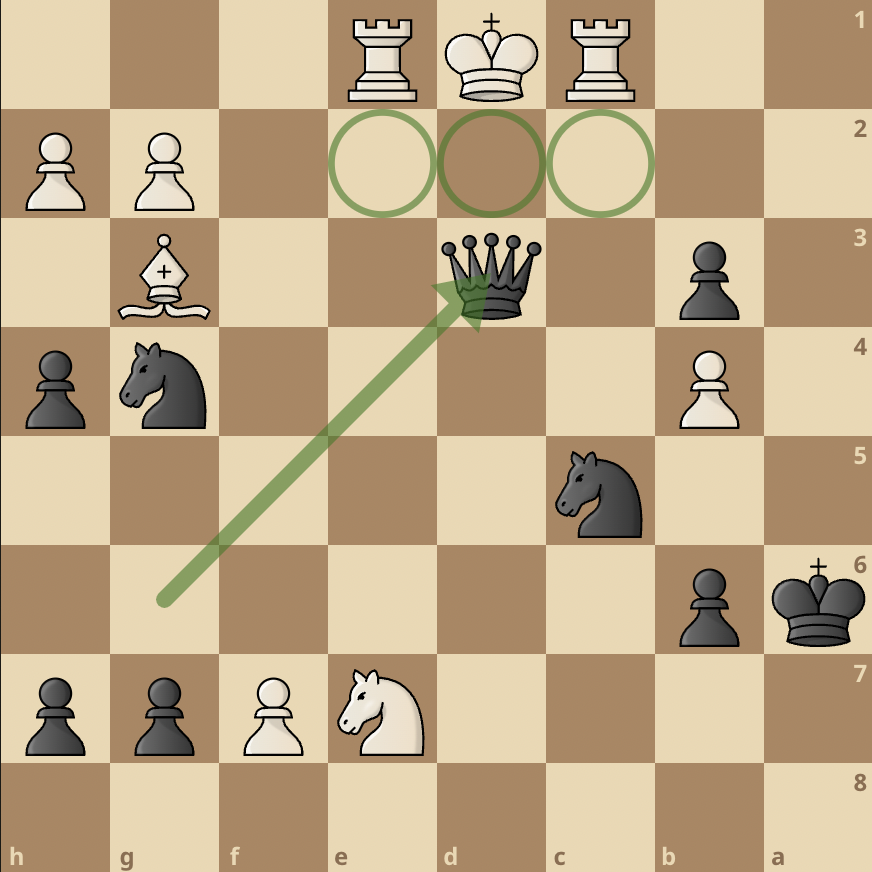
The Fool’s mate is not the only unique situation where the queen can singlehandedly deliver checkmate.
We also have the Epaulette Mate. In this mating pattern, friendly pieces sandwich the enemy king on files or ranks at the board’s edge.
The queen then delivers the checkmate independently with or without her king’s help.
In the position above, the Black queen can confidently deliver mate on d3 because the poor White king can’t move to c1 or e1 because they are occupied by the White rooks.
It can’t also block the check or move to the c2, d2 and e2 squares because these squares are all under the control of the Black queen. Hence, it’s a checkmate.
Unlike the Fool’s Mate that happens in the opening, the Epaulette mate can happen either in the middlegame or the endgame.
These two checkmate patterns explained above are featured in our article that discusses 40 checkmate patterns suitable for beginners, intermediate and advanced players.
Final Thoughts
It’s pretty to mate your opponents with just a queen. Honestly, it makes you appear as some sort of chess master and magician.
However, we’ll not advise depending on this strategy, especially that of Fool’s mate.
Don’t always expect that your opponent will play the same sequence of moves. There’s every chance that they’ve also read materials like this, fully aware of this opening trap.
What should you focus on then?
You should prioritize following good opening chess principles. Avoid getting distracted by shadows and focus on what really matters.


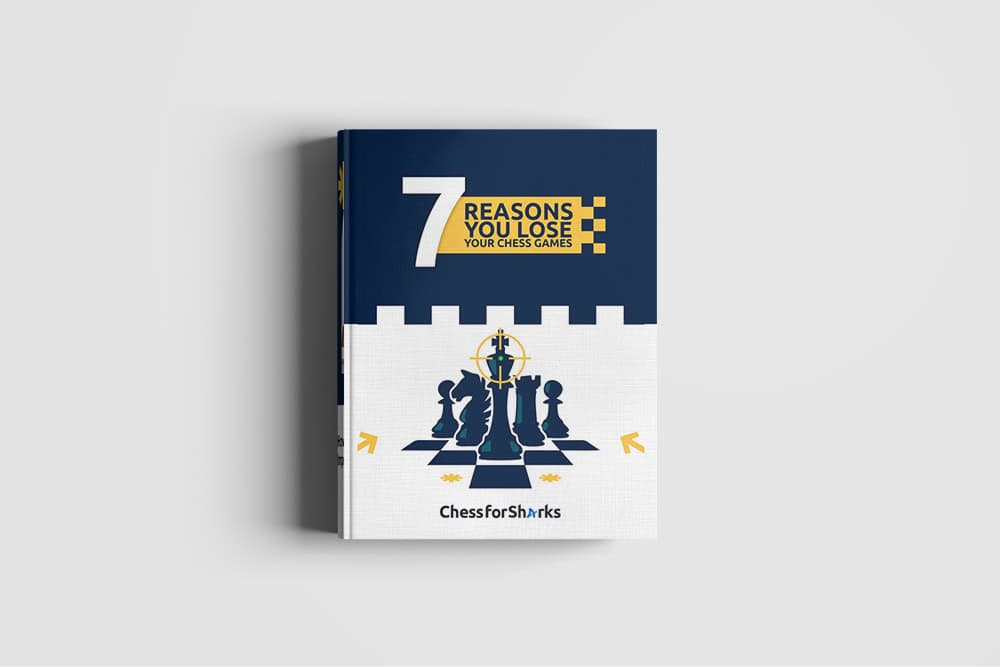
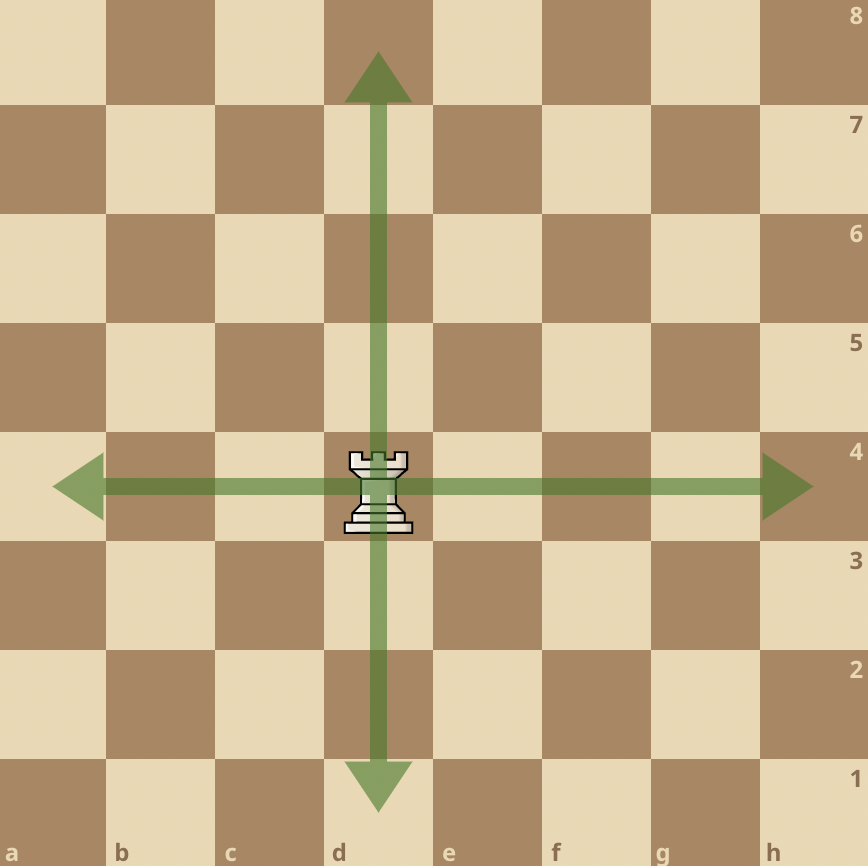
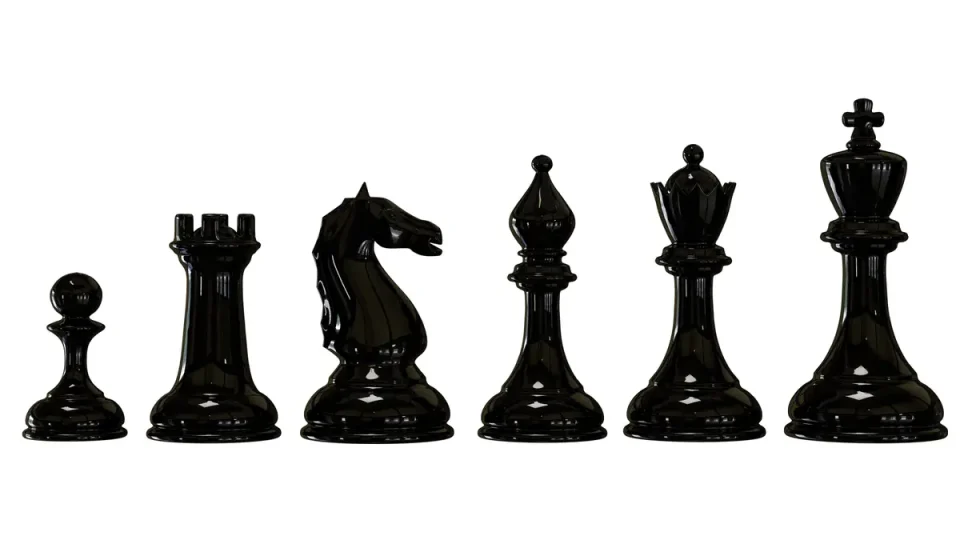
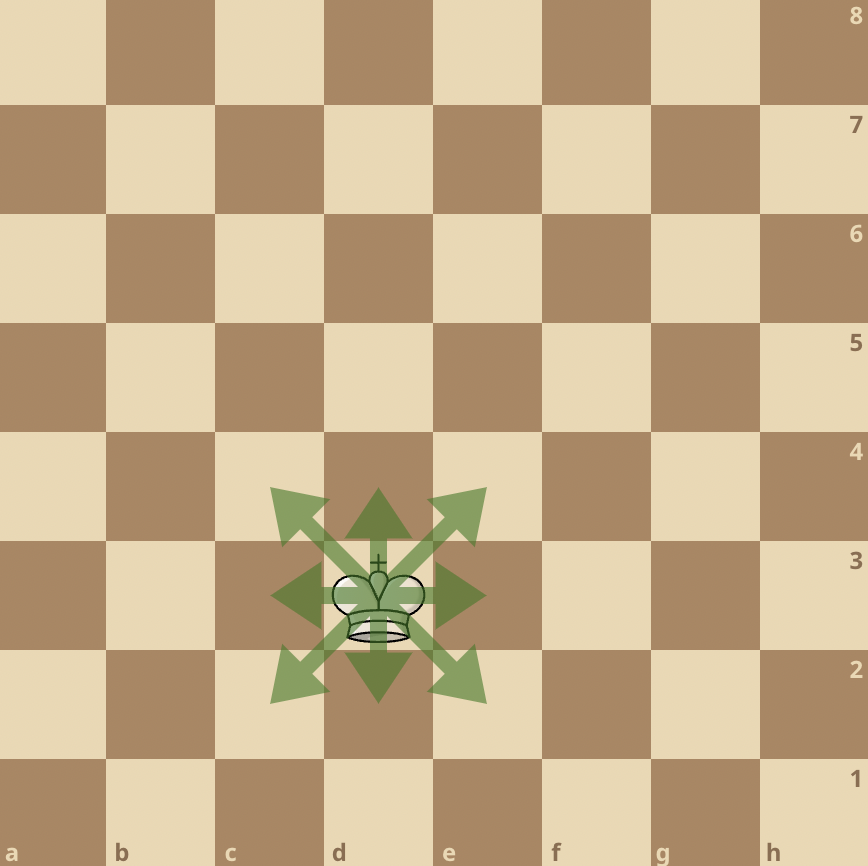
join the conversation